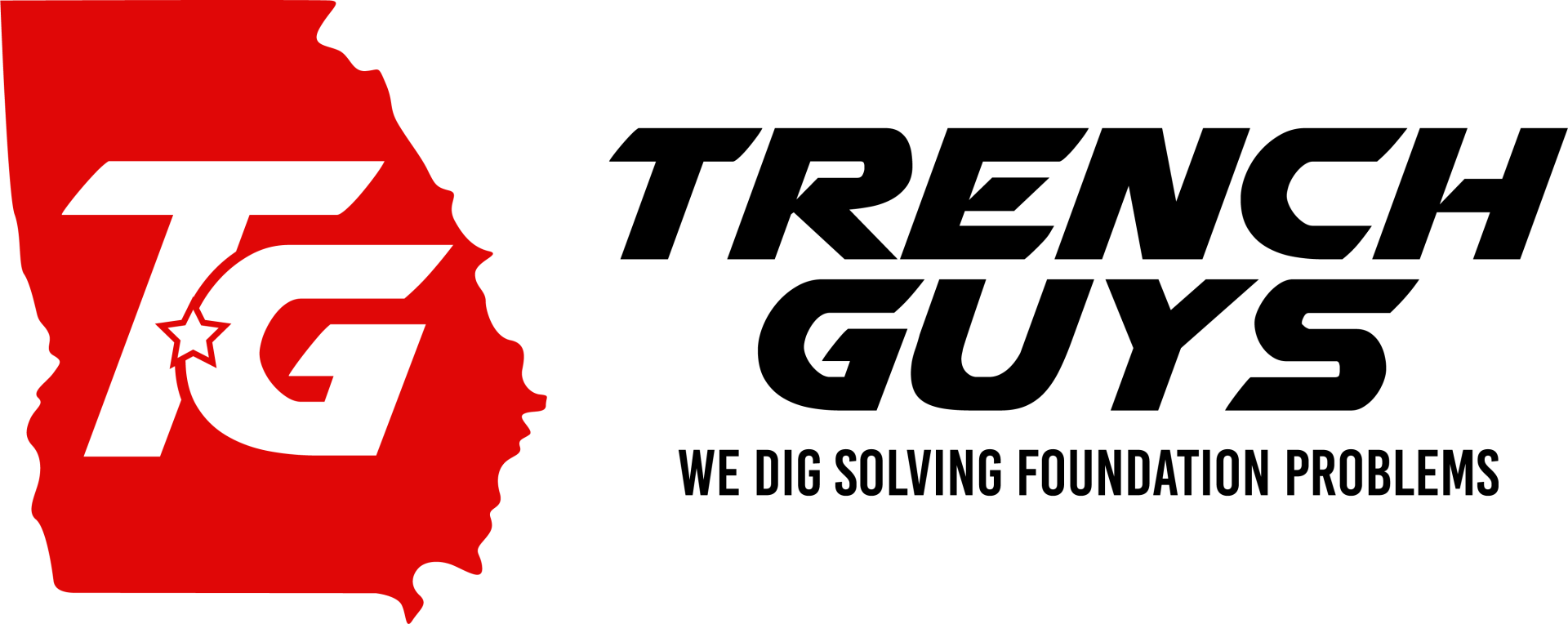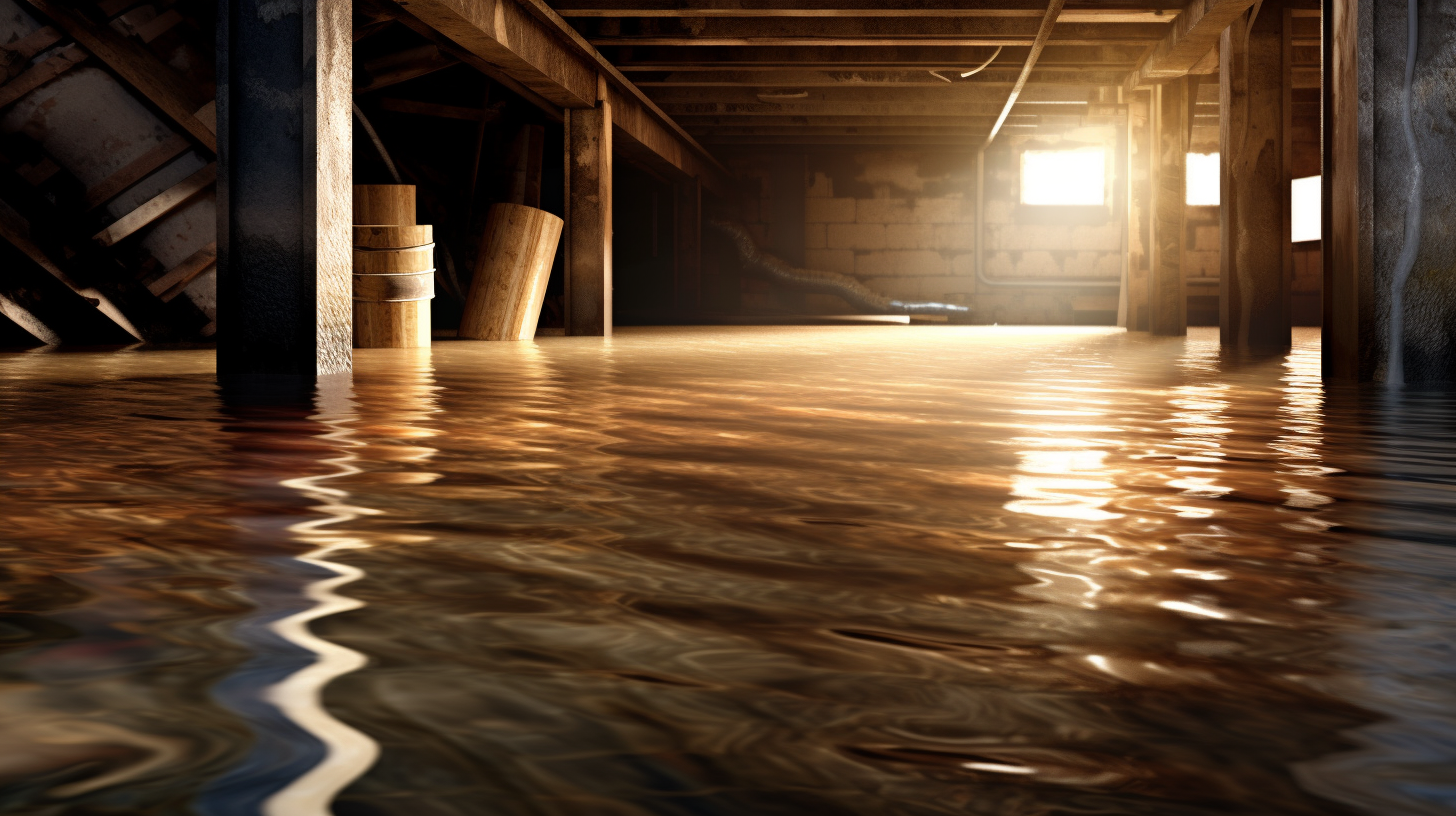Vapor barriers play a crucial role in controlling moisture within a building, protecting both the structure and insulation from the damaging effects of water vapor. By preventing moisture from passing through walls, floors, and ceilings, vapor barriers help maintain the integrity of building materials, reduce the risk of mold growth, and enhance energy efficiency. However, the effectiveness of vapor barriers depends heavily on proper installation. Improperly installed vapor barriers can lead to moisture buildup, trapped condensation, and reduced insulation performance, which can compromise indoor air quality and lead to costly structural damage. Ensuring vapor barriers are correctly placed and sealed is essential for maintaining a healthy, moisture-free environment and promoting the long-term durability of the building.
Understanding the Basics of Vapor Barriers
What is a Vapor Barrier?
Definition and Function
A vapor barrier is a material designed to prevent moisture from passing through walls, floors, and ceilings in a building. Its primary role is to control the movement of water vapor, preventing it from condensing within the building’s structural components, such as insulation, wood framing, or drywall. Vapor barriers are typically made of impermeable materials like plastic sheeting or foil, and they are installed as part of the building envelope to ensure that moisture doesn’t penetrate and damage the materials inside.
Importance in Building Construction
Vapor barriers are essential for maintaining the structural integrity of buildings by preventing moisture-related issues like mold, mildew, and wood rot. When moisture enters the building envelope and condenses, it can weaken materials over time, compromising the stability of the structure. Additionally, excess moisture can degrade insulation, reducing its effectiveness and leading to increased energy costs. Vapor barriers help protect against these problems by ensuring that moisture is controlled, creating a healthier indoor environment and extending the lifespan of the building.
Common Applications of Vapor Barriers
Residential Uses
In residential construction, vapor barriers are commonly installed in areas where moisture control is critical, such as basements, crawl spaces, walls, and attics. In basements and crawl spaces, vapor barriers help block moisture from the ground, preventing it from rising into the living space and causing mold or mildew. In walls and attics, vapor barriers are used to control moisture from within the home, preventing warm air from condensing as it meets cooler surfaces. This helps keep insulation dry and effective, preserving the home’s energy efficiency and indoor air quality.
Commercial and Industrial Uses
In commercial and industrial buildings, vapor barriers are used on a larger scale to protect against moisture in environments where humidity levels may be higher or where structural components are exposed to more stress. For example, vapor barriers are commonly installed in warehouses, factories, or office buildings to prevent moisture from compromising insulation and leading to long-term damage. In industrial settings, vapor barriers help protect against water vapor infiltration in specialized areas, such as clean rooms, storage facilities, or production environments, where moisture control is vital to maintaining equipment and product quality.
Common Mistakes to Avoid During Installation
Incorrect Placement of the Vapor Barrier
Wrong Side of the Insulation
One of the most common mistakes during vapor barrier installation is placing it on the wrong side of the insulation. In cold climates, the vapor barrier should be installed on the warm side of the insulation (the interior side) to prevent warm indoor air from reaching the cooler outer walls. If the barrier is placed incorrectly on the cold side, moisture from inside the building can condense as it hits the colder insulation, leading to moisture buildup, mold growth, and potential damage to the building’s structural components. Correct placement is crucial for preventing condensation and protecting the building envelope.
Misplacement in Mixed Climates
In regions with significant seasonal variations, such as mixed climates, the placement of vapor barriers becomes more complex. A common error is applying a vapor barrier based on the colder season, without considering the need for vapor diffusion during warmer, more humid months. In these climates, variable-permeance vapor barriers are often the best choice, as they adjust to different conditions throughout the year. Misplacing vapor barriers in mixed climates can lead to trapped moisture during summer months, causing mold and mildew, and undermining the building’s energy efficiency.
Inadequate Sealing and Overlaps
Gaps and Loose Seals
Improper sealing is another frequent issue when installing vapor barriers. If seams, edges, and overlaps are not properly sealed, moisture can easily bypass the barrier, defeating its purpose. Even small gaps or loose seals can allow water vapor to penetrate walls, floors, or ceilings, leading to damp insulation and mold growth. Proper sealing with adhesive tape or compatible sealants is essential to creating an uninterrupted barrier, ensuring that moisture is kept out of the building envelope.
Insufficient Overlap of Sheets
Inadequate overlap between vapor barrier sheets is another common mistake. To ensure a continuous and effective moisture barrier, sheets should overlap by at least 6 to 12 inches. If the overlap is too small, gaps may form over time, allowing moisture to enter the structure. Ensuring adequate overlap and securely sealing these sections is critical for maintaining a consistent vapor barrier, particularly in high-moisture areas like basements and crawl spaces.
Using the Wrong Type or Thickness of Vapor Barrier
Under-Specifying Thickness
Choosing a vapor barrier that is too thin for the application can lead to tears, punctures, and overall failure of the moisture protection system. Thinner vapor barriers are more vulnerable to damage during installation and may not withstand the pressures exerted in high-moisture environments, such as basements or areas with heavy foot traffic. It’s essential to select the appropriate thickness—typically 6 to 20 mils—depending on the environment, ensuring that the barrier is durable enough to provide long-term moisture protection.
Using Inappropriate Materials for the Climate
Selecting the wrong type of vapor barrier for the climate can cause moisture problems rather than preventing them. For example, using a low-permeance vapor barrier in a warm, humid climate can trap moisture inside the building, leading to condensation, mold growth, and material degradation. In these climates, a vapor barrier with higher permeance is often necessary to allow moisture to escape while still protecting against exterior humidity. Understanding the climate and choosing the correct vapor barrier material are crucial for proper moisture management.
Neglecting to Consider Ventilation
Over-Sealing Without Ventilation
While vapor barriers are essential for controlling moisture, over-sealing a space without adequate ventilation can create its own set of problems. A space that is sealed too tightly may trap moisture, leading to poor indoor air quality and increased humidity levels. Proper ventilation, whether through natural airflow or mechanical systems, is necessary to maintain healthy humidity levels and prevent moisture from building up inside the building. Vapor barriers should always be used in conjunction with a well-designed ventilation system to balance moisture control and air quality.
Ignoring the Role of Ventilation in Moisture Control
Ventilation plays a key role in overall moisture control, and failing to account for it when installing vapor barriers can result in condensation issues. Vapor barriers are not a standalone solution; they must work together with ventilation systems to manage indoor humidity effectively. Ignoring this balance can lead to moisture becoming trapped within the building envelope, compromising insulation and promoting mold growth. Ensuring that vapor barriers and ventilation systems are designed to work together is essential for preventing long-term moisture problems.
Improper Installation Around Penetrations
Failing to Seal Around Pipes and Ducts
Pipes, ducts, and electrical conduits that penetrate walls, floors, or ceilings must be carefully sealed to prevent moisture from entering the building envelope. Failing to properly seal around these penetrations is a common mistake that can lead to moisture bypassing the vapor barrier. Special attention should be given to these areas during installation, using appropriate sealants or gaskets to create a tight, moisture-proof seal around each penetration.
Inadequate Attention to Windows and Doors
Windows and doors are common points of moisture intrusion, especially if they are not properly sealed during vapor barrier installation. A common mistake is neglecting to seal around window and door frames, allowing moisture to seep into the wall assembly. This can lead to condensation, mold growth, and structural damage. Ensuring that all edges around windows and doors are securely sealed with vapor barrier material or compatible sealants is crucial for maintaining a continuous moisture barrier and protecting the building from potential water damage.
Additional Mistakes to Watch Out For
Ignoring Manufacturer’s Instructions
Skipping Key Installation Steps
One common mistake during vapor barrier installation is ignoring or skipping key steps outlined in the manufacturer’s instructions. Vapor barriers are designed to work under specific conditions and require precise installation to perform effectively. Skipping crucial steps, such as proper sealing, overlapping, or securing the barrier, can lead to moisture infiltration, compromising the building’s insulation and energy efficiency. Following the manufacturer's instructions carefully ensures the vapor barrier functions as intended and provides long-lasting protection against moisture.
Using the Wrong Sealants or Adhesives
Another critical error is using incompatible sealants or adhesives that may not bond properly with the vapor barrier material. Each type of vapor barrier may require specific adhesives or sealants that are designed to work with the material’s composition. Using the wrong products can result in weak seals, gaps, or even material degradation, which allows moisture to bypass the barrier. It’s essential to follow the manufacturer’s recommendations for sealants and adhesives to create a secure, long-lasting bond that prevents moisture intrusion.
Overlooking Long-Term Maintenance Needs
Failing to Inspect and Repair
A common misconception is that vapor barriers are a “set it and forget it” solution, but they actually require regular inspections and maintenance to ensure continued effectiveness. Over time, small tears, gaps, or wear can develop, especially in high-moisture areas or where the barrier may be exposed to physical stress. Failing to inspect the vapor barrier on a routine basis can allow moisture to penetrate unnoticed, leading to mold growth, insulation damage, and even structural issues. Regular maintenance and prompt repairs are essential for preserving the vapor barrier’s performance and preventing long-term damage.
Ignoring Signs of Damage or Wear
Another frequent mistake is ignoring visible signs of damage or wear, such as small tears, loose seals, or moisture buildup around the vapor barrier. These minor issues can quickly escalate into larger problems if not addressed promptly. Moisture that bypasses a damaged barrier can degrade insulation, cause wood rot, and lead to costly repairs. Being proactive about repairing even small issues as they arise ensures the vapor barrier continues to function effectively, protecting the building from moisture-related damage.
Not Consulting with Professionals
DIY Pitfalls
Attempting to install a vapor barrier without professional guidance can lead to numerous pitfalls, especially in complex or high-moisture environments such as basements or crawl spaces. While DIY installation may seem cost-effective, it often results in improper placement, inadequate sealing, or the use of incorrect materials. These mistakes can compromise the effectiveness of the vapor barrier, leading to moisture problems that could have been avoided with professional input. For high-risk areas or large-scale projects, consulting with a professional ensures the vapor barrier is installed correctly and performs optimally.
Misunderstanding Building Codes and Standards
Failing to consult with professionals can also result in non-compliance with local building codes and standards. Building codes often specify the type of vapor barrier required for different climates, as well as proper installation methods. Misunderstanding or overlooking these regulations can lead to fines, delays, or the need for costly rework to bring the project up to code. Professionals are well-versed in local building requirements and can ensure that the vapor barrier is installed according to all relevant codes and standards, avoiding potential legal or financial issues.
Best Practices for Avoiding Common Mistakes
Thorough Planning and Assessment
Assessing Moisture Levels
Before selecting and installing a vapor barrier, it’s crucial to thoroughly assess the moisture levels in different areas of the building. Moisture assessments help determine how much water vapor is present and how it moves through the structure. Areas like basements, crawl spaces, and exterior walls are particularly prone to moisture buildup, so understanding these conditions allows for better decision-making when choosing the right vapor barrier. Using moisture meters and consulting with professionals can help ensure the vapor barrier system is tailored to the specific needs of the building.
Climate Considerations
Climate plays a significant role in the effectiveness of vapor barriers, and your strategy should be tailored to the specific conditions of your region. In cold climates, vapor barriers are typically placed on the interior side of the insulation to prevent condensation, while in warm, humid climates, they are placed on the exterior to keep moisture from entering the building. Mixed climates may require more versatile, variable-permeance vapor barriers. Understanding how your local climate impacts moisture movement is key to avoiding common placement and material selection mistakes that can lead to moisture issues down the road.
Ensuring Proper Sealing and Installation
Use of High-Quality Materials
One of the best practices for ensuring long-term effectiveness is to use high-quality vapor barrier materials and compatible sealants. Inferior or low-quality materials may be more prone to tears, punctures, and degradation over time, compromising the barrier’s ability to prevent moisture infiltration. Investing in durable, well-rated vapor barriers, along with high-performance sealants and adhesives, ensures a stronger, longer-lasting barrier. Using materials that are designed to work together can also prevent adhesion issues and ensure a tight, reliable seal.
Detailed Installation Techniques
Proper installation is critical for the vapor barrier to function effectively. Best practices include ensuring that all seams, edges, and penetrations, such as around windows, doors, pipes, and ducts, are carefully sealed. Overlapping vapor barrier sheets by at least 6 to 12 inches and applying high-quality adhesive tape or sealant to all connections helps prevent gaps where moisture could enter. Paying attention to detail during installation—especially in high-moisture areas—ensures that the vapor barrier remains continuous and fully effective in keeping moisture out.
Regular Inspection and Maintenance
Scheduled Inspections
Regular inspections are essential for detecting potential issues with vapor barriers before they become significant moisture problems. Scheduling routine checks, especially in moisture-prone areas like basements and crawl spaces, can help catch small tears, loose seals, or signs of moisture buildup. Inspections should be done at least once a year or after major weather events to ensure that the vapor barrier is still intact and performing as expected. Early detection and intervention can save time and money by preventing more extensive repairs down the road.
Prompt Repairs
Addressing minor issues promptly is crucial for maintaining the integrity of the vapor barrier. Even small tears, gaps, or areas with loose seals can allow moisture to seep through, compromising the insulation and leading to mold growth or structural damage. Quick repairs, such as re-sealing edges or patching tears, can prevent these small problems from escalating into larger, more expensive issues. A proactive approach to vapor barrier maintenance ensures the long-term performance of the system and protects the building from moisture-related damage.
Case Studies: Lessons Learned from Vapor Barrier Installation Mistakes
Residential Basement in a Cold Climate
Scenario
In this case study, a homeowner in a cold climate experienced significant moisture issues in their newly finished basement. The problem stemmed from incorrect placement of the vapor barrier. Instead of installing it on the warm side of the insulation, the contractor placed it on the cold exterior side, allowing warm, moist indoor air to come into contact with the cold walls. Additionally, the vapor barrier was not properly sealed around edges and penetrations, leaving gaps that allowed moisture to infiltrate the insulation and walls. Over time, this led to condensation buildup, mold growth, and poor indoor air quality in the basement.
Outcome
To correct the installation, the vapor barrier was removed and replaced with one installed on the proper side—on the warm interior side of the insulation. All seams, edges, and penetrations were thoroughly sealed with high-quality adhesive tape and sealants to create a continuous barrier. After the installation was corrected, moisture levels in the basement dropped significantly, preventing further condensation and mold growth. As a result, the indoor air quality improved, and the basement became a healthier, more comfortable space for the homeowners. This case highlights the importance of proper vapor barrier placement and sealing in cold climates.
Commercial Building in a Humid Environment
Scenario
A commercial building located in a humid environment experienced frequent moisture problems due to the use of an inappropriate vapor barrier. The original installation featured a low-permeance vapor barrier designed for cold climates, which trapped moisture inside the walls instead of allowing it to escape. Over time, this led to high humidity levels within the building, damaging the insulation, contributing to mold growth, and affecting the building’s energy efficiency. The building's HVAC system had to work overtime to manage the indoor climate, resulting in higher energy bills and poor indoor air quality.
Outcome
To address the issue, the low-permeance vapor barrier was replaced with a higher-permeance material better suited to the humid climate. This allowed the building envelope to breathe and prevent moisture from becoming trapped inside. Additionally, the installation was meticulously sealed around all windows, doors, and penetrations to prevent further moisture intrusion. After these corrective actions were implemented, the building saw a marked improvement in moisture control, reduced energy costs, and enhanced indoor air quality. The case demonstrates the importance of selecting the correct vapor barrier material for the local climate and ensuring proper installation to avoid long-term issues.
FAQs
-
Where should vapor barriers be placed?
In cold climates, on the warm side; in warm climates, on the exterior side.
-
Why is sealing vapor barriers important?
Proper sealing prevents moisture infiltration and maintains the barrier's effectiveness.
-
What happens with wrong vapor barrier material?
Using the wrong material can trap moisture, causing mold and insulation damage.
-
How much overlap should vapor barriers have?
Vapor barrier sheets should overlap by at least 6 to 12 inches for continuous coverage.
-
Do vapor barriers need regular maintenance?
Yes, regular inspections and prompt repairs prevent moisture issues and prolong effectiveness.
Contact Trench Guys Today!
Trench Guys will do everything we can to ensure your experience with us is excellent.
Request A FREE Estimate
Request a Free Estimate Form
We will get back to you as soon as possible.
Please try again later.
Checkout Recent Post
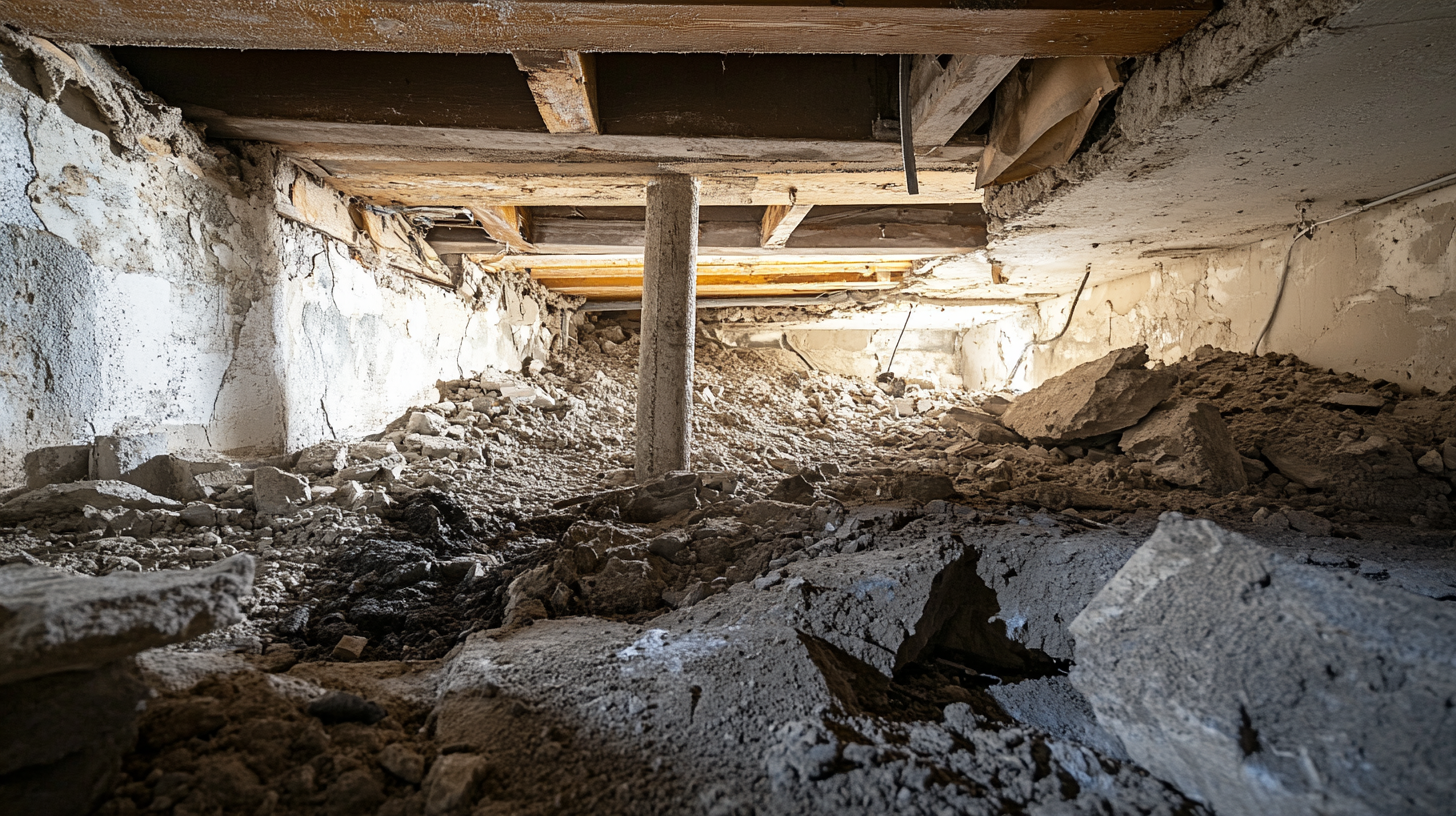
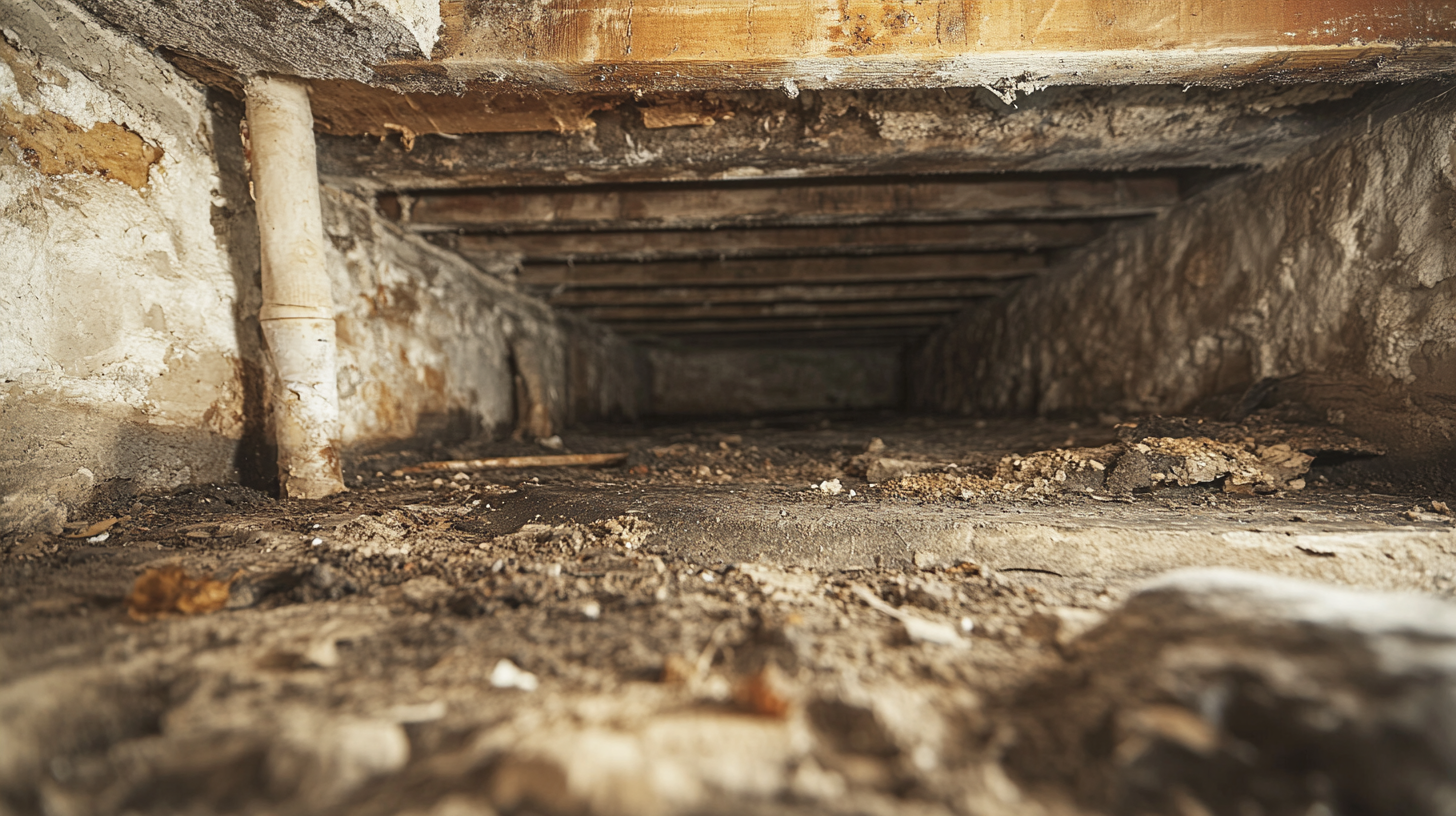
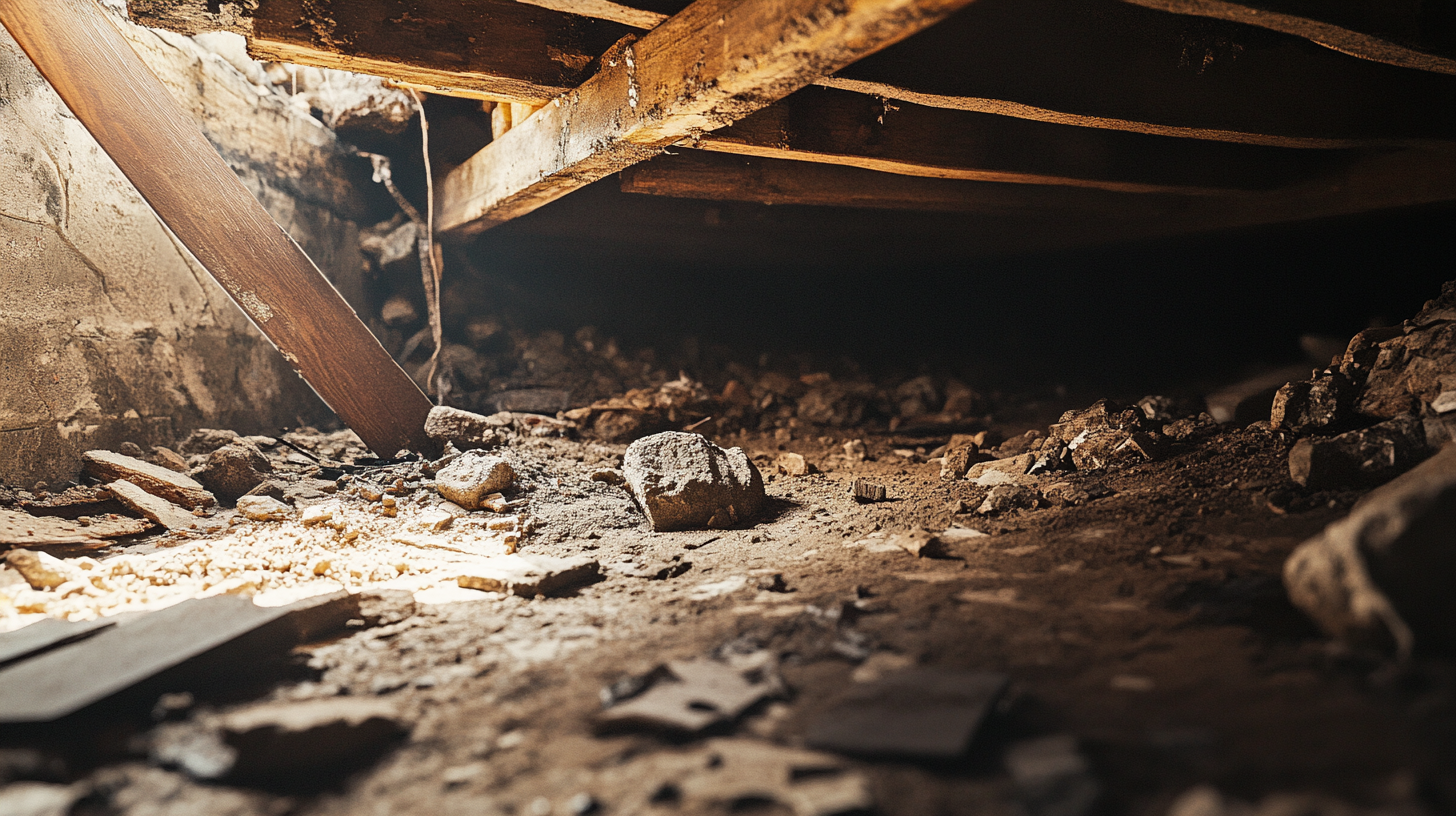
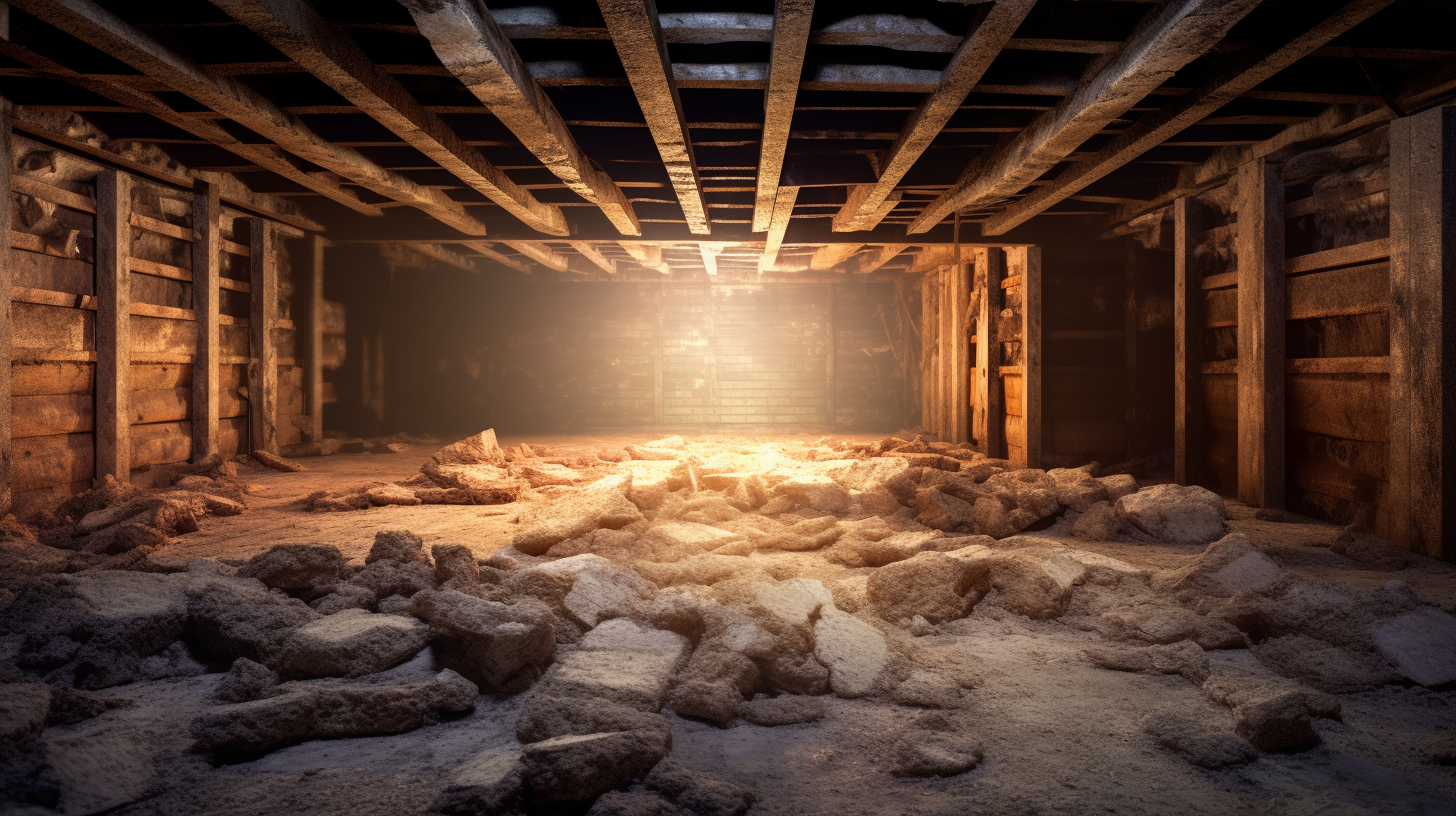
Got a Question? We’re Here to Help.
You can arrange an appointment or make an enquiry by phone or email, orget in touch to us via our contact form.
Looking for a reliable and professional company to take care of your crawl space, basement and gutter needs? Look no further than Trench Guys! We have years of experience in the industry and can provide you with top-quality services at a competitive price. Contact us today to get started!
CONTACT INFORMATION
Phone: 478-236-6403
Email: Wedigmiddlega@gmail.com
Address: Macon, GA
Business Hours:
Mon-Fri: 6:00 AM - 5:00 PM
Sat-Sun: Closed
ADDITIONAL INFORMATION
Us Across The Web
Geo
Neighborhoods
Niche
All Rights Reserved | Trench Guys
Privacy Policy | Terms & Conditions | Sitemap
